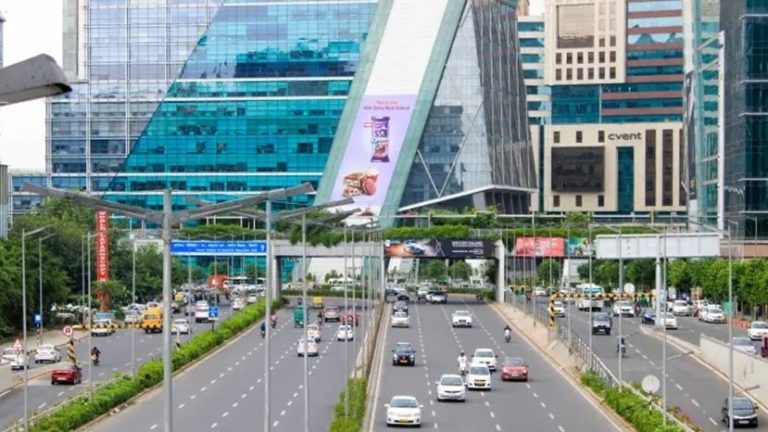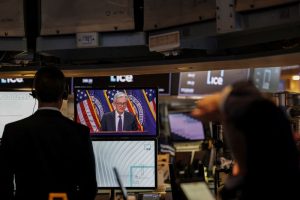Fitch Ratings has trimmed India’s GDP growth forecast for FY26 to 6.3% from its earlier estimate of 6.4%, while flagging only limited direct fallout from rising US tariffs on Indian corporates.
“We expect India’s GDP growth of 6.3 per cent and robust infrastructure spending to underpin healthy demand for cement and building materials, electricity, petroleum products, steel, and engineering and construction (E\&C) companies during FY26,” Fitch said in its *India Corporates Credit Trends* report released Friday.
The agency expects credit metrics to improve for its rated Indian companies during the fiscal year ending March 2026, driven by wider EBITDA margins that could counterbalance their high capex intensity.
On the tariff front, Fitch noted a “limited direct impact” on Indian corporates due to generally low-to-moderate exposure to US exports. However, it warned of second-order risks from excess global supply in some sectors. It also noted that ongoing India-US trade negotiations could influence the final outcome, with companies potentially mitigating risks by diversifying export destinations.
US President Donald Trump recently announced a 25% tariff on Indian imports, along with an additional penalty linked to India’s trade with Russia. The tariffs are set to take effect from August 7.
Meanwhile, India is firming up its stance in bilateral trade talks, resisting US pressure to offer duty concessions on agricultural and dairy products—sectors where India has never extended such concessions under any free trade agreement.
According to Fitch, domestically focused industries such as oil and gas, cement, construction, telecom, and utilities should remain insulated, supported by stable local demand and regulations.
However, uncertainty around tariffs may weigh on discretionary IT and auto exports to the US and Europe, while possible shifts in US policy could also impact pharmaceutical exports.
Fitch further cautioned that steel and chemicals may face pricing pressure due to excess global supply being redirected to India, while metals and mining firms could see more price volatility amid broader growth concerns.






